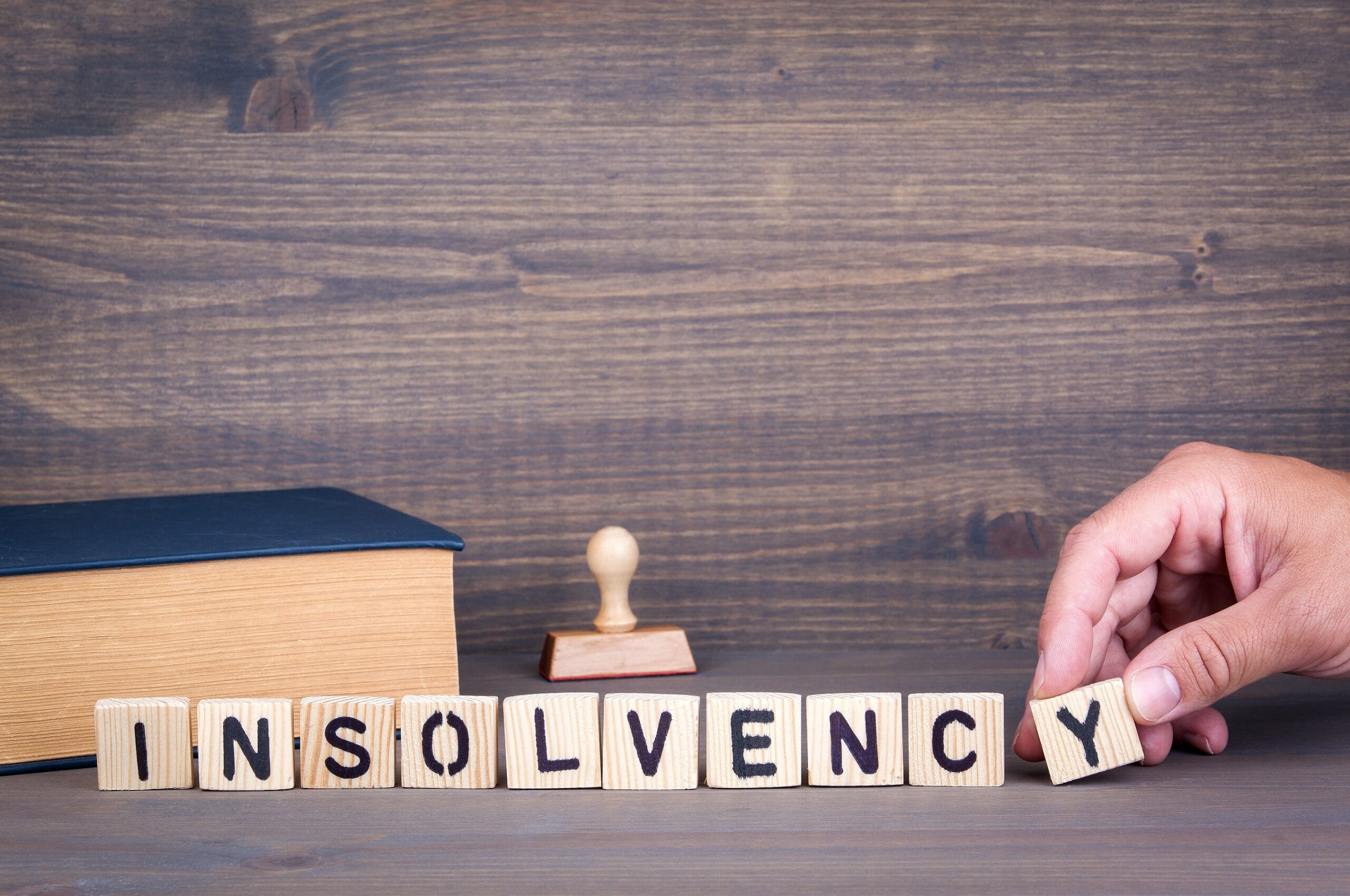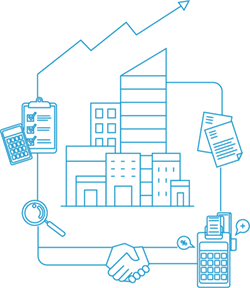Insolvencies are expected to spike as Australian businesses exit temporary protections imposed in the early days of the pandemic.
SM Solvency Accountants projects 15,800 companies will enter external administration by September 2021. Personal insolvencies are expected to reach 25,500 by September, peaking in March.
SM Solvency Accountants partner Brendan Nixon said the backlog of insolvencies coupled with the tapering of economic support from the federal government would create a wave of insolvencies in 2021.
“There will be some bounce back with the economy but things will become clearer when businesses are forced to commit to operating again long term,” he said.
“There could be some tough decisions arising from when people realise things are not going to go back to how they were in 2019.”
The expected tsunami of insolvencies comes after many industry figures have sounded warnings of the con- sequences of pushing out debt protection to six months from 21 days before the COVID-19 pandemic.
The rate of business insolvencies collapsed almost overnight this year after the federal government extended economic support and increased outstanding debts required before creditors could initiate proceedings.
In the September quarter only 946 businesses went into external administration.
That’s less than half of the 2309 that went into external administration over the same period in 2019.
ASIC data shows 6278 businesses went into insolvency between October 2019 and October 2020. Construction was the worst-hit sector, with 1167 businesses going bust in that period.
This was followed by accommodation and food services, with 833 hitting a wall.
Speaking this month to the House of Representatives economics committee, Reserve Bank governor Philip Lowe noted the “very low” rate of insolvencies.
“It’s going to rise,” he said. “Businesses are going to fail, they’re going to have to restructure.”
Mr Nixon said the coming wave of insolvencies would be complicated by zombie companies that were already circling the drain in the early days of 2020.
“Some small businesses, as of March, were already insolvent,” he said. “The fact they’ve continued trading means there’s some economic contribution but there’s a credit risk from those companies transacting with good companies and entering into credit arrangements while being zombie companies.”
Mr Nixon said the pain from insolvencies and col- lapses would be concentrated across a handful of industries, including entertainment providers, retailers, engineering companies and travel-related businesses.
This article has been republished from the Daily Telegraph. See the original article here!



